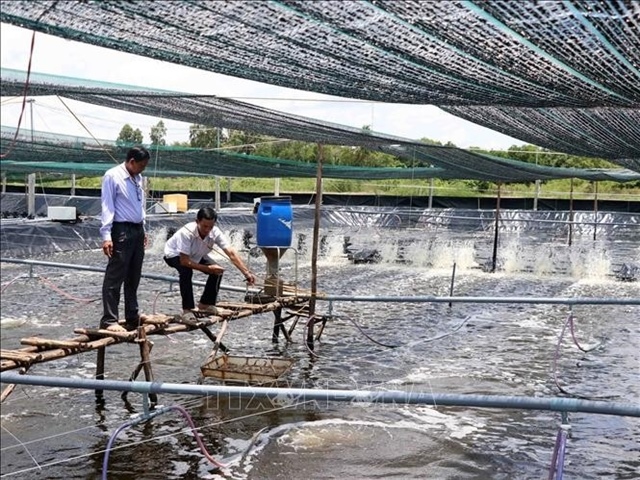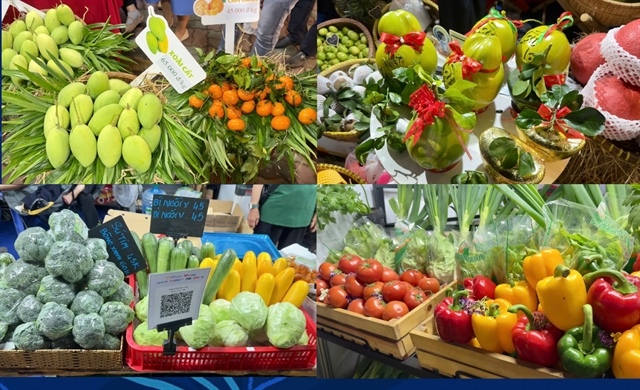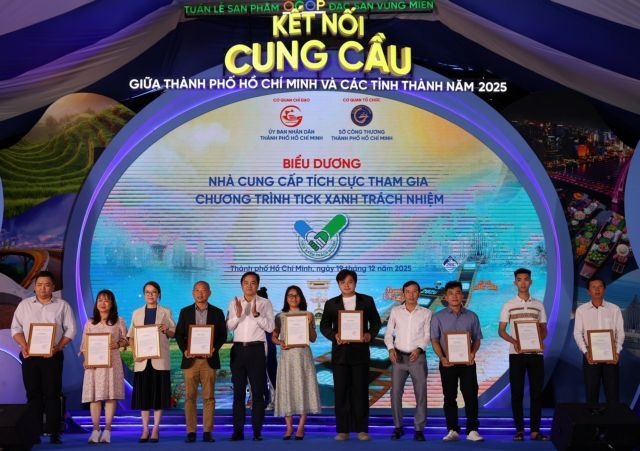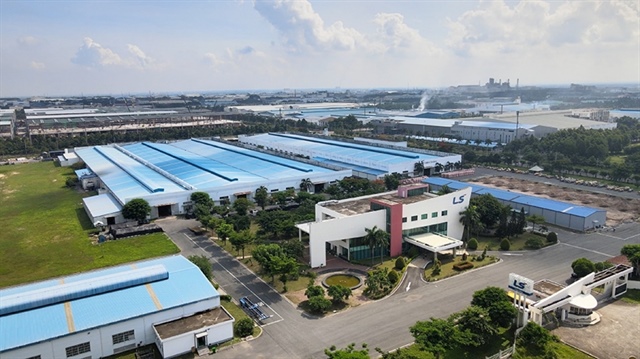“Made in Vietnam”: A confusing notion
“Made in Vietnam”: A confusing notion
The Ministry of Industry and Trade (MIT) has just sent out a warning against risks about foreign companies taking advantage of country of origin (in Vietnam) to reap benefits from their exports to a third nation. How Vietnam will cope with such a fraud is still questionable as the legal corridor for identification remains unclear.
Country of origin labeling (COOL) is compulsory for goods to be distributed on the market, be it domestic or overseas. As the legal corridor for country of origin (COO) has been in place, enterprises are expected to comply with, and State supervisory agencies and customers to monitor if need be. However, reality paints a different picture.
The above point has been acknowledged by the Export-Import Department under the MIT. “Currently, Vietnam’s legal documents include no regulations on COOL for goods made in Vietnam,” it said. “These regulations are being formulated to suit practical conditions in production and trading in Vietnam. However, the focus will be placed mainly on goods labels, geographical indication and trademark.”
Decree 43/2017 on goods labeling stipulates how a label should be. However, it fails to specify criteria according to which a product can be labeled “made in Vietnam.” Other decrees on COO of imports and exports do not govern COOL, either, which has led to different views on this issue.
Also according to the Export-Import Department, what is meant by “made in Vietnam” may currently give rise to different interpretations—either products originating from Vietnam entitled to preferential tariffs in accordance with her commitments to integration, or goods with a Vietnamese trademark. These interpretations are confusing.
Therefore, what are the criteria for a made-in-Vietnam product and why can’t COOL be practiced despite all the regulations on COO already in place? On the one hand, rules of origin are of prime importance because they are a technical tool for implementing free trade agreements (FTAs) which increase or decrease the costs of compliance to be shouldered by enterprises as per declaration in certificates of origin (C/O). On the other, if implementation of COO and, particularly, COOL fails to abide by commitments to FTAs or legal stipulations applicable in the nations to which Vietnam sent exports, it is likely that trade, anti-dumping as well as anti-subsidy lawsuits would happen frequently and cause dramatic losses.
The bottleneck relevant to “where the final basic processing phase is carried out”
Decree 19/2006 by the Government which stipulates in detail COO in the Commerce Law rules that “COO is a nation or territory where entire goods are produced (wholly obtained—WO) or where the final basic processing phase is carried out in case the production of goods involves different nations or territories (not wholly obtained).
Decree 31/2018 on COO retains the above stipulations. The confirmation of wholly obtained goods is simple. But it is quite complicated in case of those not wholly obtained. Decree 19/2006 rules that a product with “not wholly obtained” origin is one whose value of the percentage of materials not originating from Vietnam is equal to or higher than 30% of the total value of the entire product can be considered being “made in Vietnam.”
Decree 31 no longer retains the 30% rate. Instead it cites in detail phases in the process of making a product which are not allowed to be included in rules of origin—such as changes in packaging, removal or assembly of goods or packaging or simple assembly of parts of a product to have a finished product or combination of two or more of the above phases in creating a product.
However, in reality, the exclusions mentioned above have little effect. A product whose final basic processing phase is carried out in Vietnam in case it involves different nations is considered being “made in Vietnam.” This stipulation has paved the way for foreign enterprises to make use of Vietnam’s COO to benefit from FTAs or bypass trade remedies of importing countries.
A case in point relates to a dumping lawsuit initiated by an American steel association in 2012. The U.S. side sued SeAH Vietnam and the Haiphong-based Hong Nguyen for dumping in the American market, doubting that these manufacturers were selling steel originating from China whose steel exports were subject to prohibitively high U.S. import tariffs. The enterprises in question had to hire lawyers to defense themselves at exorbitant costs.
In only two years, 2016 and 2017, of the 78 dumping lawsuits against Vietnam, a half involved the steel industry. In other words, many governments have had little confidence in COO of Vietnamese products. Such a lack of confidence may have stemmed from the vague COO in Vietnam and unclear COOL.
Building a set of guidelines for COOL is therefore indispensable to halting the expansion of dumping lawsuits. In fact, the MIT and the Ministry of Science and Technology and relevant agencies have discussed the issue. However, no regulations thereof have been promulgated to date. In lieu of more compelling rules, enterprises are encouraged to be honest.
Many countries have introduced strict regulations on COOL. Australia, for instance, demands that in addition to COO, COOL must include some other details, such as the origin of food ingredients in the form of graphs accompanied by logos of the manufacturers.
Vietnam may not be able to go to great lengths as Australia has done. However, it is still necessary to issue obligatory regulations on COOL. Whether a product is “assembled,” “packaged,” “mixed,” or “designed and assembled in Vietnam from imported parts” should be clearly stated.
Otherwise, if a product whose final basic processing phase is carried out in Vietnam is considered being “made in Vietnam,” the abuse of COO in Vietnam will go on. Such a malpractice will adversely affect not only the country’s export sector but also the entire economy.






















